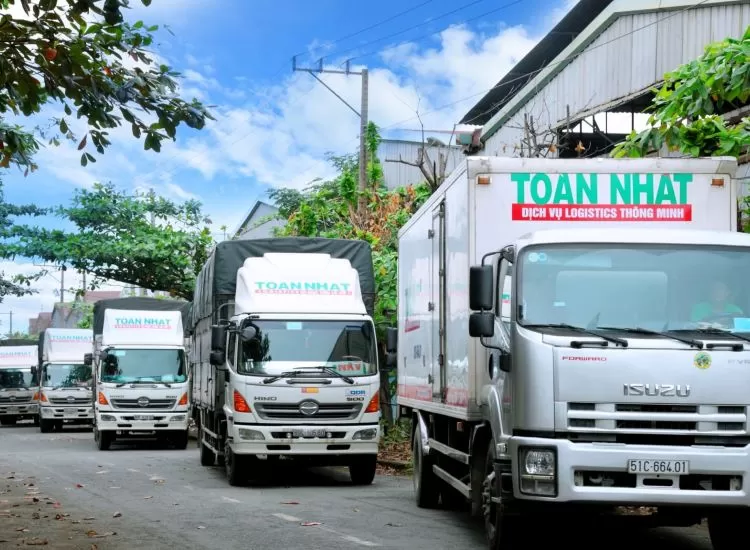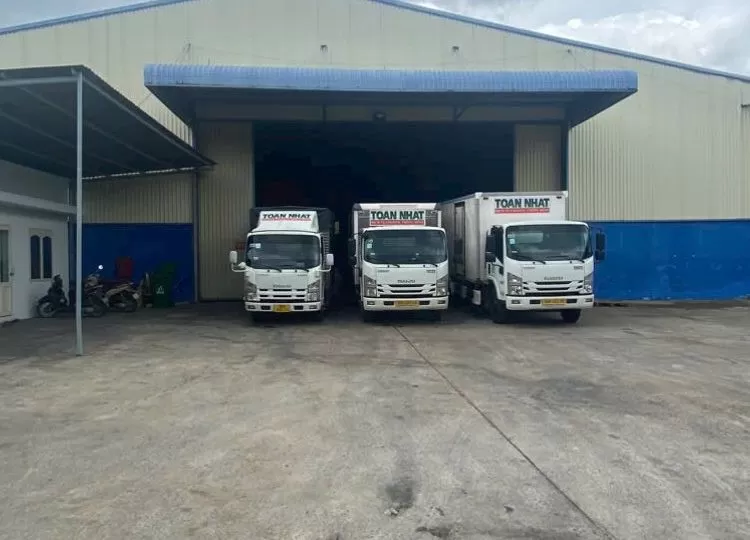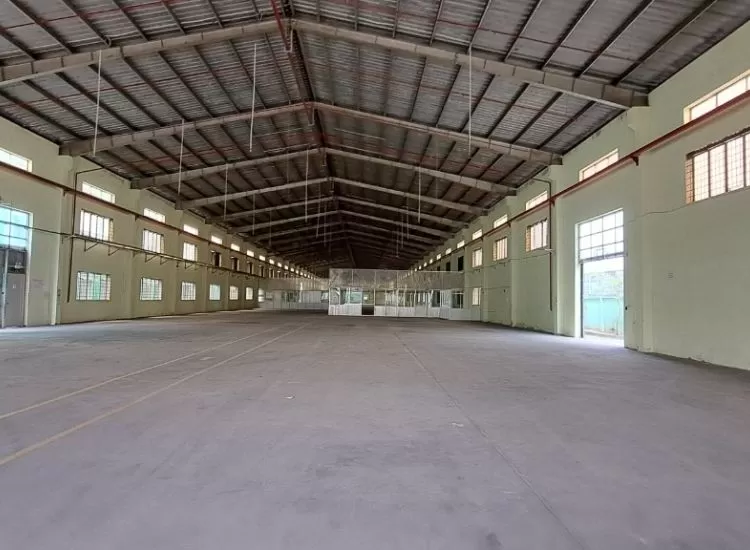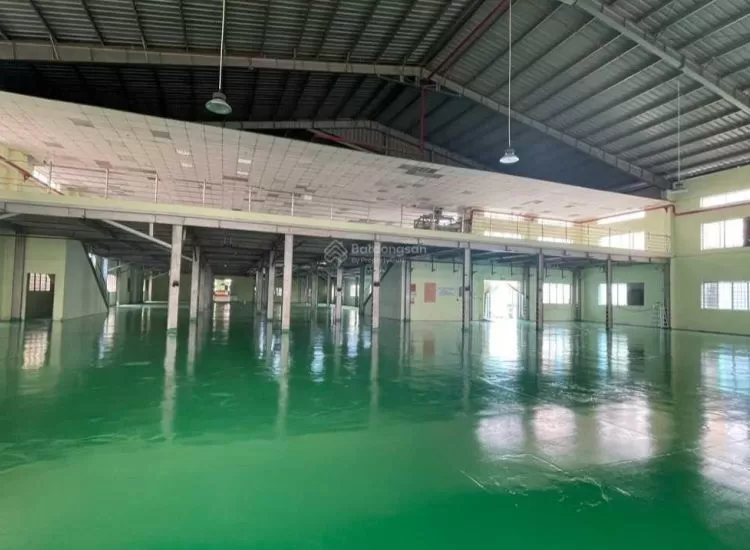Shipping lines are targeting long-term contracts in the market
Container lines are looking to extend contracts and tie shippers to long-term deals of up to two years, three years or even four years as the market remains tense.
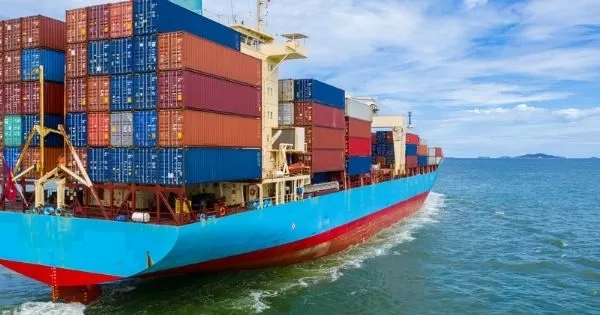
Shipping lines are targeting long-term contracts in the market
Shipping lines are looking to renew contracts with customers and are looking to tie shippers to long-term transactions as the market continues to be tense.
However, some shippers are questioning the logic that when 2021 comes to an end, even if freight rates soar, ships are full, capacity is limited due to congestion at important destination ports, lack of equipment, etc. resulted in further trade restrictions. According to many people, the market seems to have no way of going up but going down.
Shipping lines are looking to move customers to two-year terms in 2022, some are looking at longer terms, three or even four years. Shippers are also taking a longer look. A European forwarder asked: "What are the dynamics lines are looking at?"
The forwarder says many new ships will launch in 2023, and the massive capacity is likely to drive rates down. But the question is whether the ports will be able to accommodate all the new ships and "will that force rates back up?", the company asked.
It is possible that some shipping lines, especially those with very high charter rates over the long term, are looking for a way to fix rates to allow them to meet those chartering obligations.
According to one shipper in Europe, the rate variation for contracts from major ports in China and ports in other parts of Asia is between $8,000 and $15,000 per 40ft container, with freight rates for 20ft containers are quoted much higher than 50% of the 40ft container price.
In addition, this shipper said: “Carrier haulage has seen proposed 50% increases on costs on quotes we have had. A mantra shippers all over the world have used is that, while base rates may be stable, the myriad surcharges push up the final rate payable to astronomical levels."
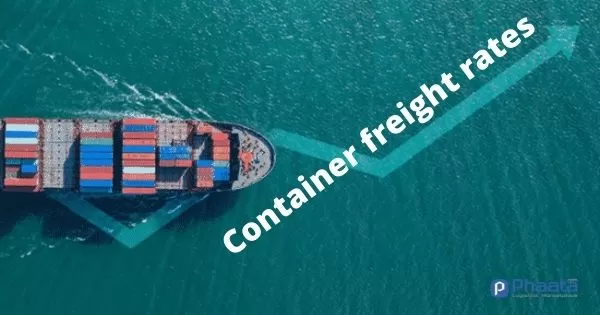
Shipping rates are still very high
In the US, driver shortages are more severe in Europe and Asia, made more difficult by the lack of trailers to transport containers. Even so, expert Jon Monroe reports that rates have dropped due to China's Golden Week holiday.
“We are expecting the market to pick up again within the next week. Nothing is a certainty, but the backlogs are real and demand for space is still strong. The silver lining in this very dark cloud is the reprieve from the holiday and temporary closures of the factories should allow the US ports to catch up with the processing of containers through their terminals,” he wrote.
According to Mr. Monroe, the events of the past 18 months, during the pandemic, have given the logistics industry a shower.
“Supply chains are now at the forefront of every executive’s mind when it comes to forecasting and planning,” he said.
Shipping lines are expected to continue to put pressure on both timing and cost through the end of next year, at a time when they are posting record profits.
“Many of the carriers have all but walked away from their contracts, pushing importers to the more costly spot and premium rates. With 2023 not too far away, carriers may find themselves with more capacity than demand once again. More than 5m teu of new capacity will be introduced into the global liner trade". He added: “Can global trade, and specifically the US, sustain the volumes we are seeing today?”
Barclays veteran industry analyst Mark McVicar told The Loadstar that the market is "gradually returning to normal". He believes bottlenecks and challenges in the global supply chain will be resolved when demand drops to a more realistic level.
“All the sensible lines said they don’t expect these rate levels to last,” he explained.
However, Mr. McVicar pointed to a list of new-build ships that currently account for more than 20% of the fleet and he expects "markets will start discounting before those vessels are delivered".
As a result, some carriers will be affected. Mr. McVicar explained: “Some lines will get caught, that’s always the way". "But I don’t expect it to be any of the big lines; it will be marginal operators," he added.
However, the analyst issued a note of caution to shippers, pointing out that the shipping lines were hit by a hiccup in 2009 following the currency crisis and in the first quarter of 2020 they were very worry about being returned to that state.
Carriers have weathered Q2 and Q3 of 2020 a lot better than they expected through capacity cuts, so even though share prices fell the lines were in decent shape.
Mr. McVicar explained: “The lines moved to a more dynamic tonnage management system.” “The question is, are they going to be alive to managing their capacity in the future? They know how to do it now, after the pandemic, and would hopefully have learnt those lessons."
He concludes that there is a “a risk of overshoot on [falling] rates”, but the shipping lines are already starting to be in a much stronger position, so while some may struggle, most – certainly are large shipping lines - will still maintain good profits.
“The hope is that we come out of the pandemic with a more sensible industry,” Mr. McVicar said.
Read more:
- Goods imported into the US increase until early 2022, bottlenecks limit growth
- Freight rates will begin to stabilize in mid-2022 - Aurelio Martínez, President of PAV
- Container shipping is forecasted to return to normal by the end of 2022
Source: Phaata.com (According to The Loadstar)
Phaata.com - Vietnam's First Global Logistics Marketplace
► Where connecting Shippers & Forwarders fastest!























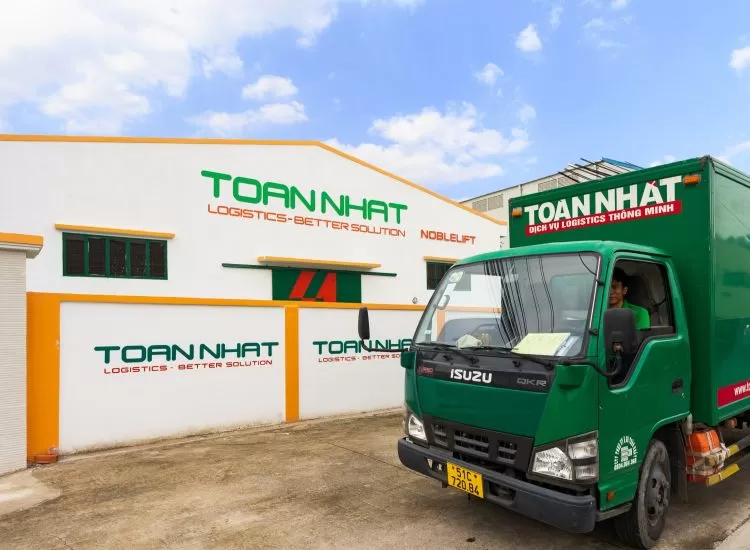
.webp)
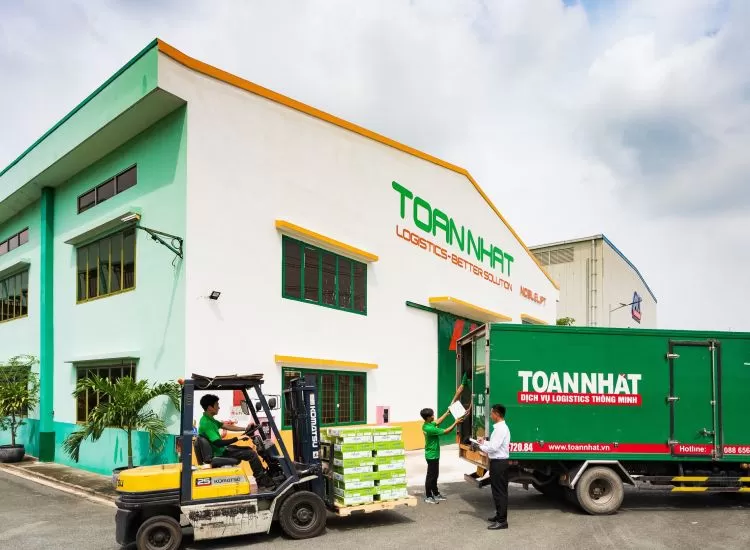
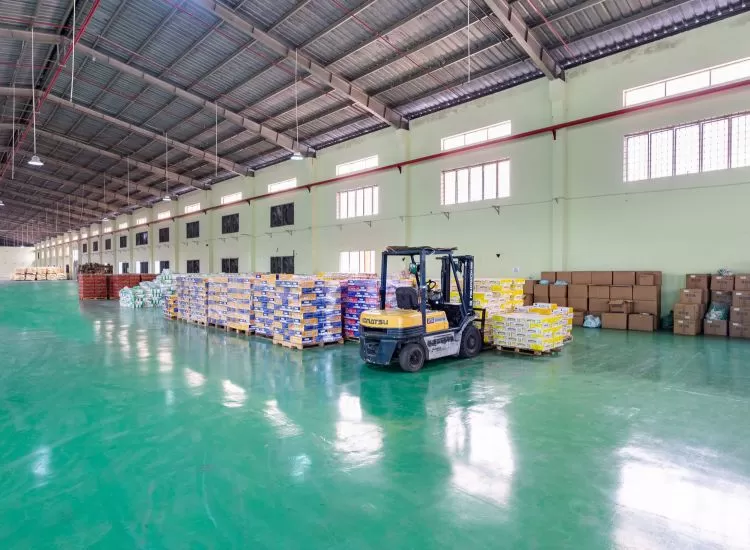

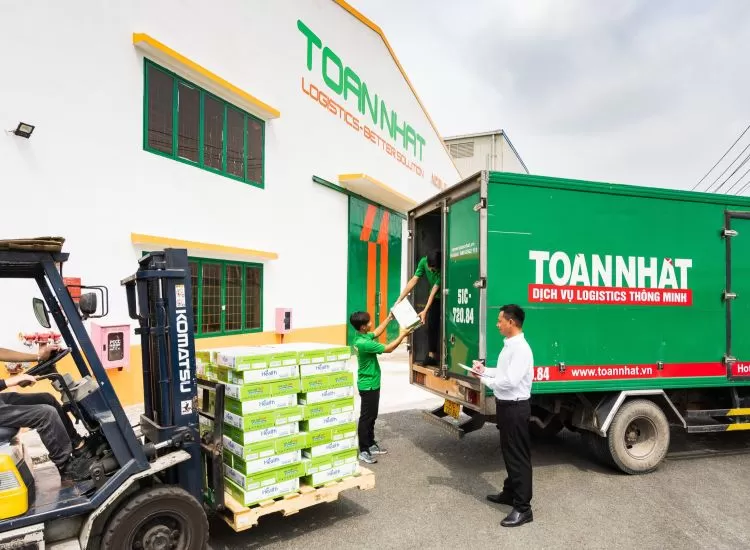




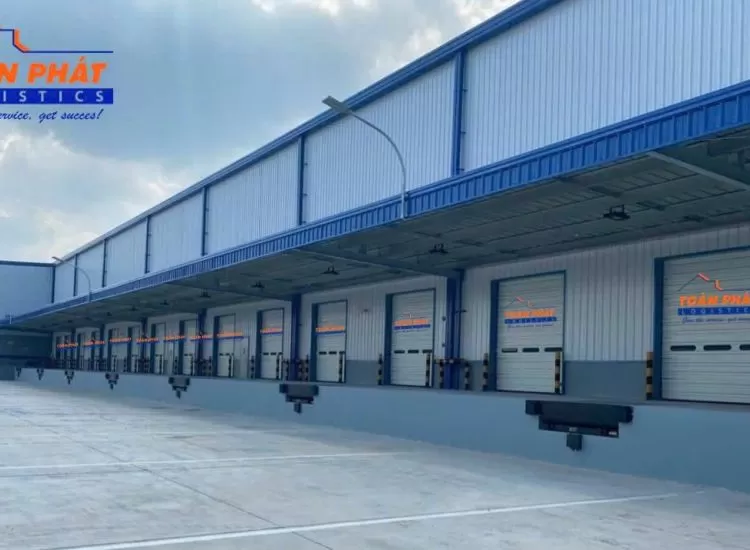

.webp)
